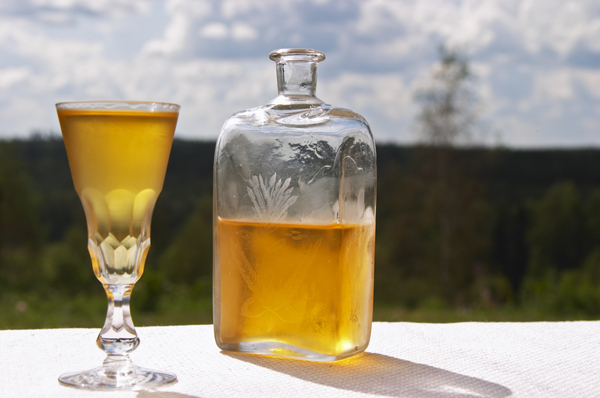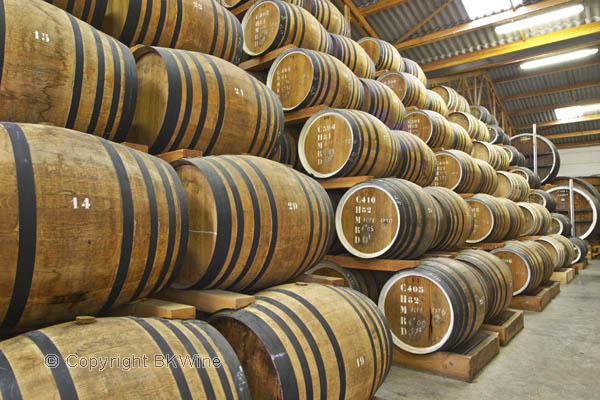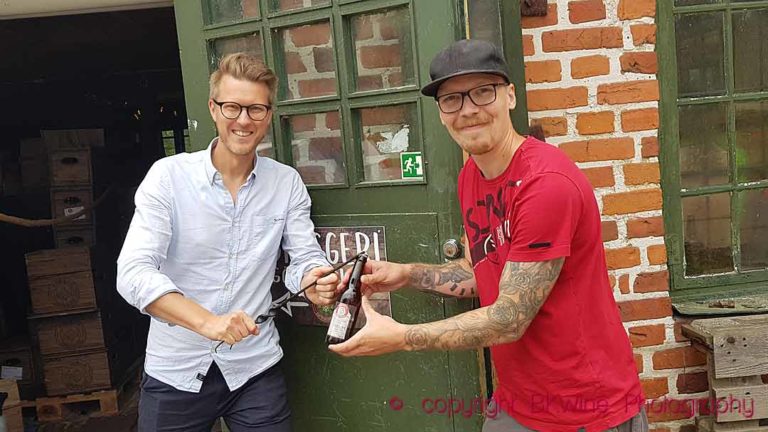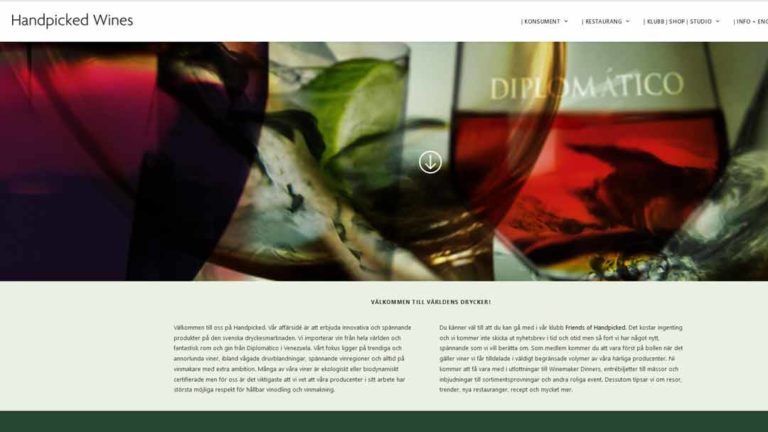An unusual vodka, descended from the ancient Absolut, tasted by BKWine Magazine’s Roland Eriksson.
Our traditional Swedish vodka Absolut became a worldwide success. This was also one of the reasons that the then Swedish government sold off its state-owned and highly profitable producer called Vin & Sprit, and with it our entire cultural heritage of Swedish-produced alcohol, to the French company Pernod Ricard. All our traditional domestic products such as mulled wine, Swedish punsch, aquavit and flavoured spirits are today manufactured abroad. Grönstedts cognac, once blended by Folke Andersson in the factory in Sundsvall, is today blended in France. They say that they use cognac of the same age and the same recipe, but all that I have tasted in recent years gives me the impression of a lower quality and feels younger than before.
Absolut Vodka is an exception. Probably Pernod Ricard’s thought that “Made in Sweden” is a sign of quality in this case, and it is still manufactured in the distillery in Åhus from Swedish ingredients.
From the beginning Absolut was a plain white vodka bottled in a copy of an old pharmacy bottle. To make it more exclusive they made a printed decoration in English directly on the glass instead of on a regular boring label. It was unusual then. After a while the artists came into the picture. They caught on the design angle and made the bottle and the concept into some kind of “pop art” thing. The range was expanded with a large number of flavoured varieties, various limited editions such as Absolut Texas, Absolut Chicago and bottles in all colours of the rainbow. The most unusual is perhaps Absolut Rock with the bottle clothed in black leather with both studs and zippers. Feels really more like YMCA.

The brand currently has a large number of collectors of both bottles and Absolut related advertising products and paraphernalia. Unlike collecting whiskey that can cost tens of thousands of dollars a bottle of vodka at the time of purchase is, relatively speaking, quite cheap. Depending on where you live in the world a litre costs between 15 and 35 euros.
Whatever flavour was Absolut vodka was always white, but in 2013 they launched a version on the US market which had been developed by my old boss at Vin & Sprit’s sensory department, Per Hermansson. It had been aged in barrels of French, American and Swedish oak and individually blended. It was named Absolutely Amber.
To barrel age spirits is not news. It has been done for hundreds of years with whiskey, cognac, calvados, and more. Barrel ageing vodka is done both in Poland, in Russia and in Lithuania, where they make their own versions of “Starka” as well as many other versions. But all of these products that I have so far tried have been seasoned with herbs, honey or flavoured fortified wine. So to barrel age a vodka with only the barrel character as an “additive” may be unique to Sweden?

Unfortunately I have never tasted Amber, but from an American friend I received a sample of the latest version called Absolut Oak, launched this May 2015 in the United States. It is sold as a Single Batch and my sample had the id B1501. It has a rather dark amber colour and has a rather smoky, roasted tone with hints of vanilla and cocoa. The taste is dry, soft, medium-bodied, roasted and smoky with lots of vanilla and caramel and with a certain astringency.
It is hard to believe that this is a vodka. At a blind tasting I would guess that it was a column distilled matured rum. They probably use a lot of new barrels with much toasting. The Swedish oak often gives much colour in a short time.
I cannot say if there is any difference between Amber and Oak. But it is very interesting to see what barrel ageing means for vodka, oak and the toasting of the inside of the barrels adds lots of flavour in a natural way without a lot of strange chemical taste additives and E numbers. I think it’s an exciting product. It is a pity that it has not sold here in Sweden. In the US, where it is on the market, it can be purchased for around $ 26 bottle (about 230 SEK), which is cheaper than what a conventional Absolut vodka costs in Sweden.
Roland Eriksson writes on BKWine Magazine on wine tastings with wine merchants and importers in Sweden. Roland is the author of a book on cognac (A Handbook: Cognac, 2007, published in Swedish) and one on rum as well as one on tea.








